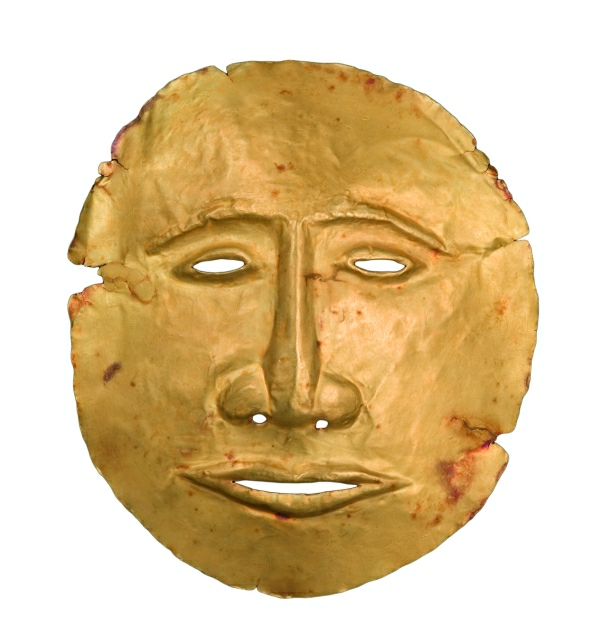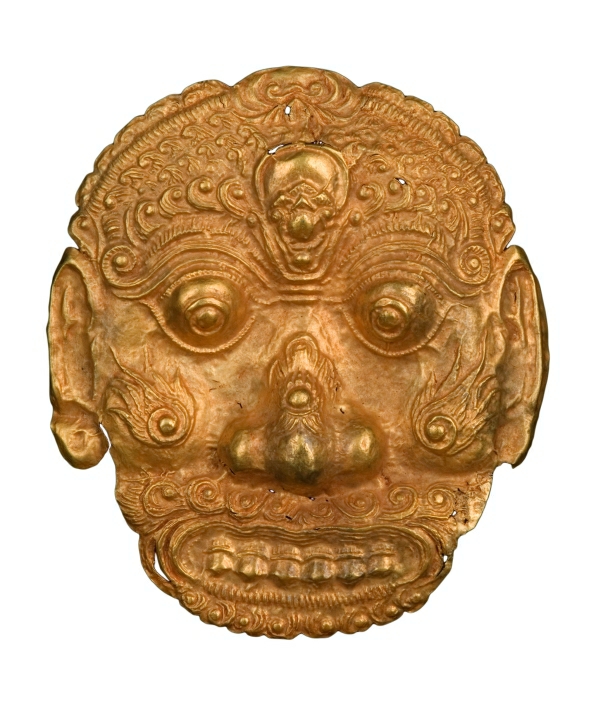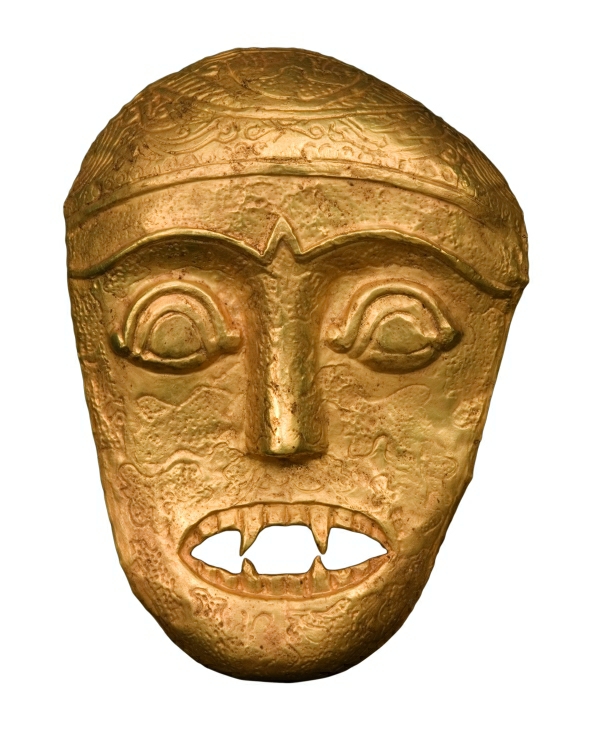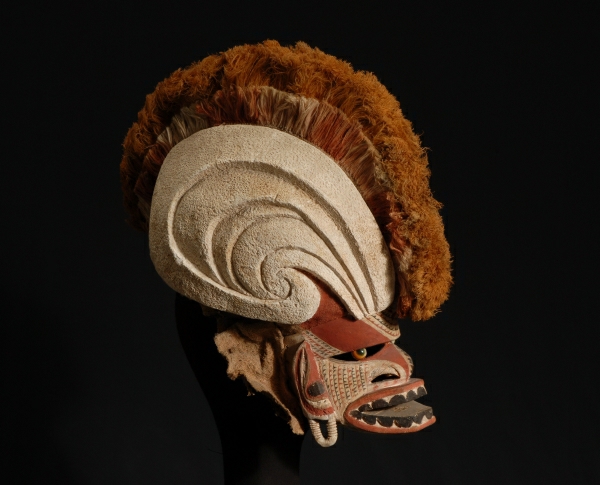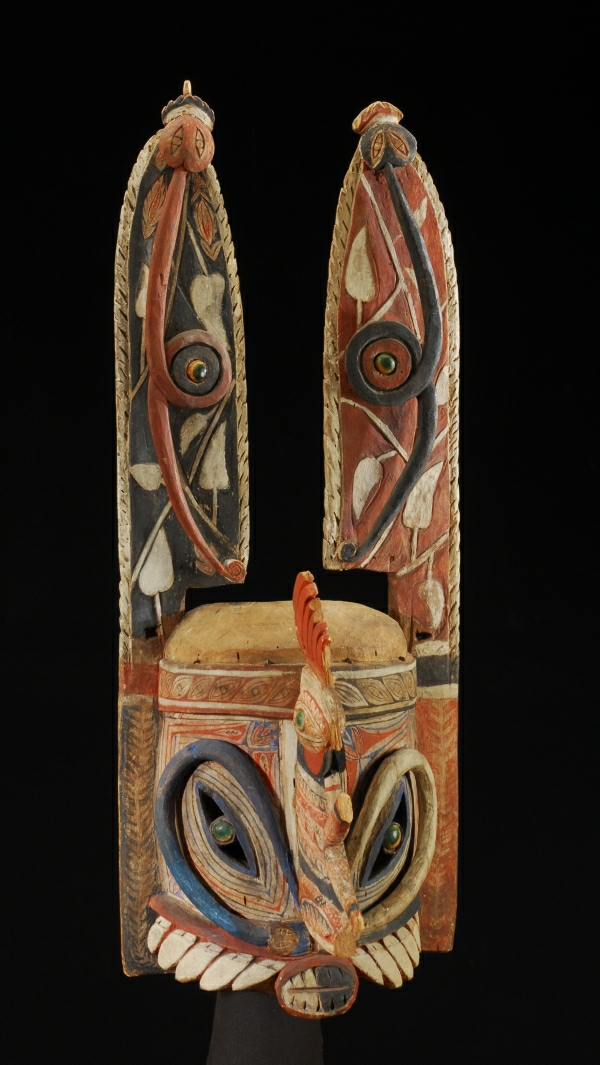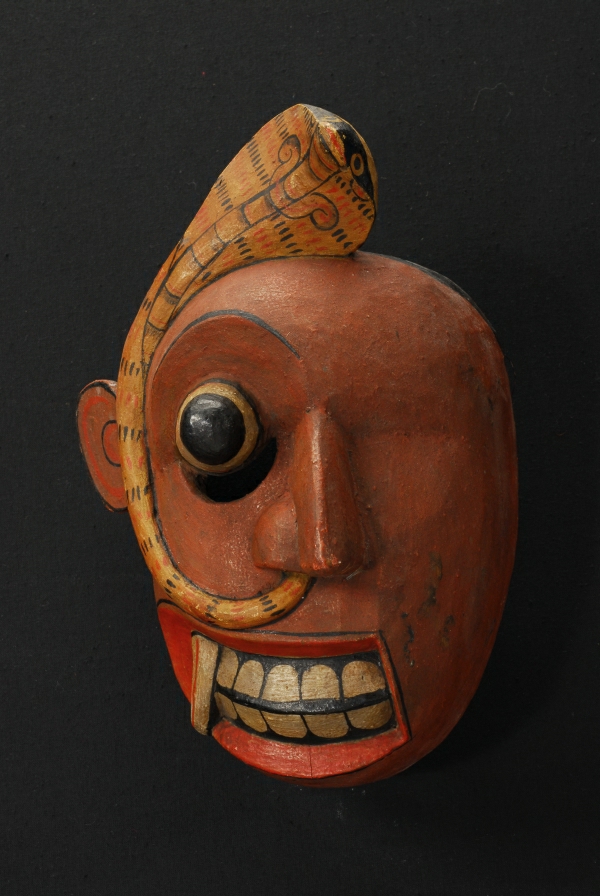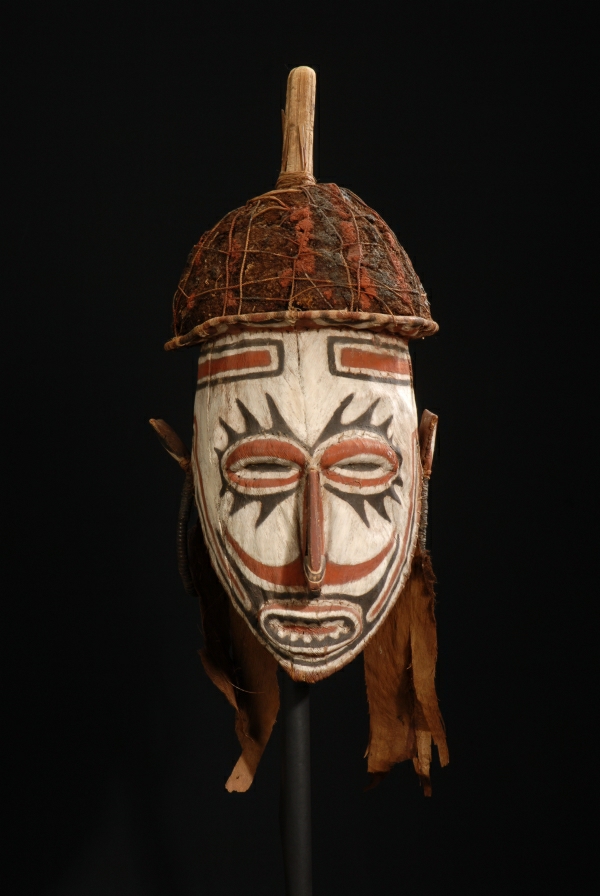Faces Concealed in Gold
Gold Masks from Asia
The Zelnik Collection at the Museum of Ethnography
12. 03.┬Ā2010. – 20.┬Ā06. 2010.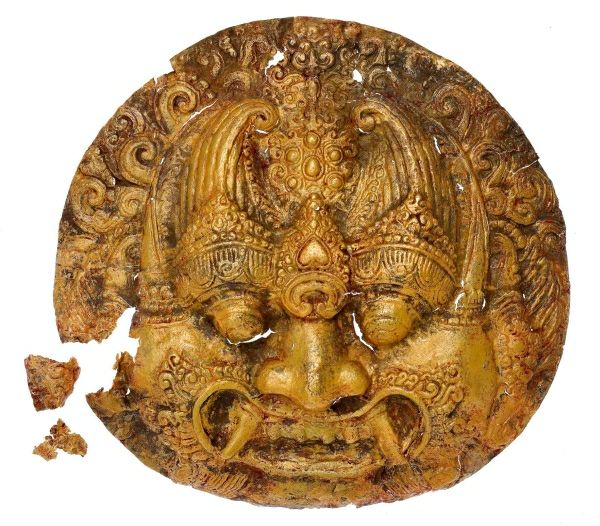
The joint exhibition from The Zelnik Collection and the Museum of Ethnography entitled Faces Concealed in Gold – Gold Masks from Asia presents exceptional artefacts from the two institutions to the general public for the first time ever worldwide.
The exhibition, open from 12th March to 20th June, enumerates twenty-four gold and three silver masks of unparalleled value that are unique in the world to the Zelnik Collection. The place and time of origin of the masks on display and also their functions are spread between wide borders: the oldest are thought to have been made in the 6th-5th centuries B.C., while the stylistic features place even the youngest’ ones to the 13th-14th centuries, which makes them over five hundred years old. The sites of the finds reach from the Thrace of Ancient Greece through South Asia and Indochina to as far as the Isle of Java. As for their uses in their own time, the quality of workmanship, the thickness of the material and other traces offer guidance that suggests death (funeral) and other ritual functions to be likely. Among the death masks, one from the period of the Liao Dynasty (907-1125) stands out. Adjusting to the burial rites of the Kitai, who ruled over the major part of Manchuria, holes were cut along the edges of the mask, to which a silver wire-mesh was fastened, this constituted a part of the shroud that covered up the whole of the body. The other pride of the exhibition is the pair of scorpion masks. According to the knowledge of their previous owner, these masterpieces came from one of the tribes or principalities that were driven to the spine of the Vietnamese mountain range. The ethnographic features of the scorpion are, however, rather uncertain and eclectic. In the Southeast Asian Monsoon Region the women of several groups of people tattoo a scorpion onto the backs of their hands, while on Borneo the coastal Iban warriors tattoo it onto their upper bodies to protect themselves from the feared, often deadly sting. The members of the D├┤mb tribe (in the State of Orissa) do the same, apparently with the opposite intention: in order to acquire the animal’s vital force and energy.
The ensemble compiled from the Museum of Ethnography’s own collection reveals similarly exceptional rarities to the visitors. Most of these masks came from Oceania, primarily from the islands of Papua New Guinea. The majority of funeral, dance or theatrical masks presented in the Museum were made of ephemeral materials (plant fibres, leaves, works made of fur or even spider’s web), but there are also objects carved from wood or bark. The masks were often connected to various secret societies. They were made and then worn by their members during their initiation rituals into adulthood.
